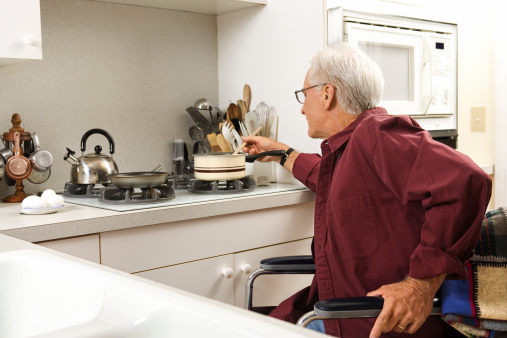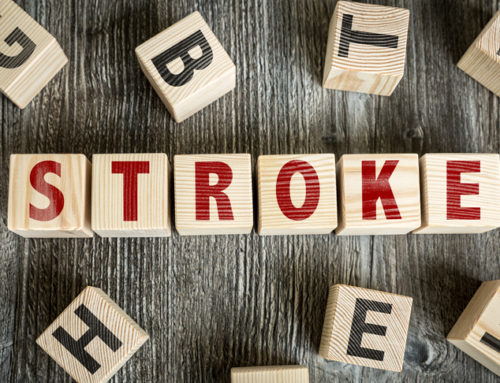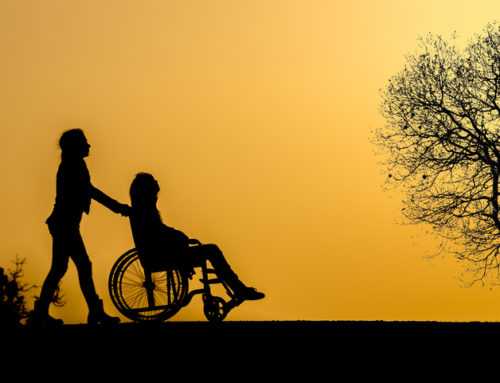Strokes affect nearly 800,000 people each year in the United States, with the majority occurring in people over the age of 65. Unfortunately, almost 25 % of those who have suffered a stroke will likely have more than one stroke during their lifetime; this makes it the leading cause of a long-term disability. Adjusting to home life after a stroke can be challenging, not only for the patient, but the family members and caregivers, as well.
So what can you do to make life easier when you or your loved one returns home post rehab? It may be a good idea to do a trial run at home to make sure all the necessary adjustments have been made. Not all strokes are created equal, therefore, the needed modifications will be determined by the disability.
10 Simple Tips For Post Stroke Home Safety:
- Create wider doorways –32-inch clearance is needed to allow for easy wheelchair access. Watch out for uneven thresholds—a portable ramp can be a good solution.
- Door Handles: It can be challenging to open doors post stroke due to either weakness or coordination. There are a several aids that can make this once simple task, easier.
- Avoid slipping and falling: Wearing non-skid footwear can greatly reduce the chances of falling—spillage, wooden and highly waxed flooring can be slippery. Consider putting a non slip rug in front of the sink, as well.
- Clear walkways in the home: Make sure area rugs are securely fastened, remove unnecessary furniture and be sure there is adequate lighting.
- Stay safe during the overnight hours: Keep a commode chair by the bed to reduce unnecessary trips to the bathroom during the night.
- Install shower bars and handrails: Bars and handrails will help to maintain balance around the house, especially in the bathroom where most falls tend to happen.
- Dispensing Medication: A stroke victim may very well be unable to physically circumnavigate the opening and closing of medication bottles— medication spills can be avoided by using helpful medication holders and cups.
- Organize cabinets: Place the most frequently used items on shelves and cupboards that are easy to reach—this will help to avoid using a chair or steps tool to reach for out of reach items.
- Make dining easy: A weighted cup can help to reduce spills—the weight of the cup weighs down a hand that may be suffering from tremors or other uncontrolled movements. Using specialized eating utensils can also make the eating experience less frustrating.
- Simplify food prep: Avoid the exhaustion from preparing your food in the kitchen by minimizing the amount of standing time. The appropriate counter height chair can take off that stress.
It’s important to keep in mind that stroke patients have different needs and mobility levels. Evaluating and choosing the best aids will help to reduce unnecessary worry and anxiety.
Source: Strokecenter.org






